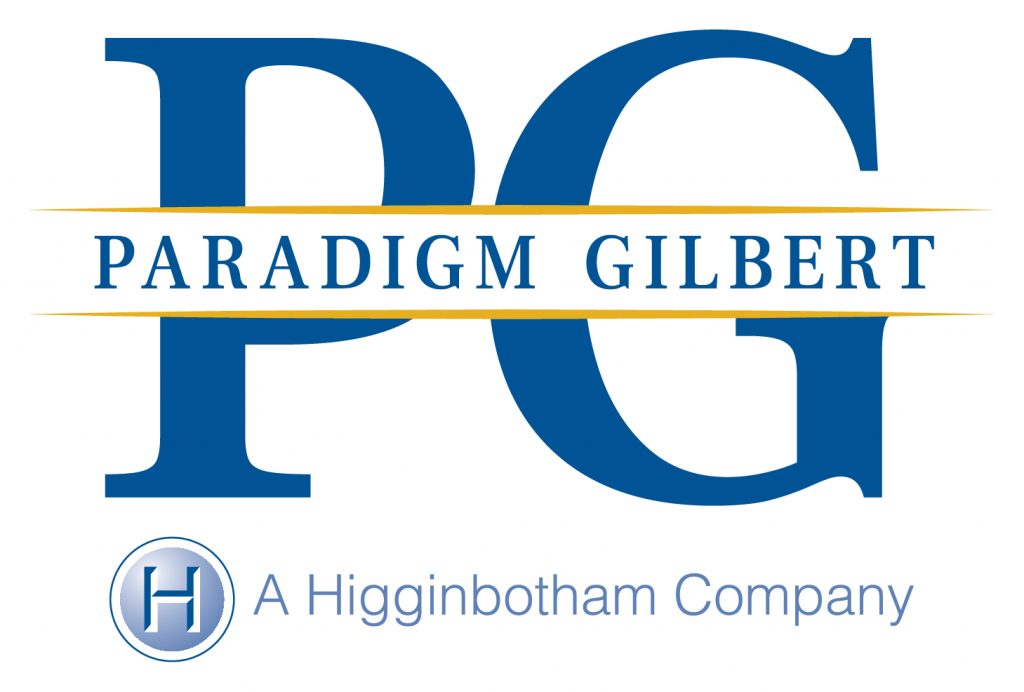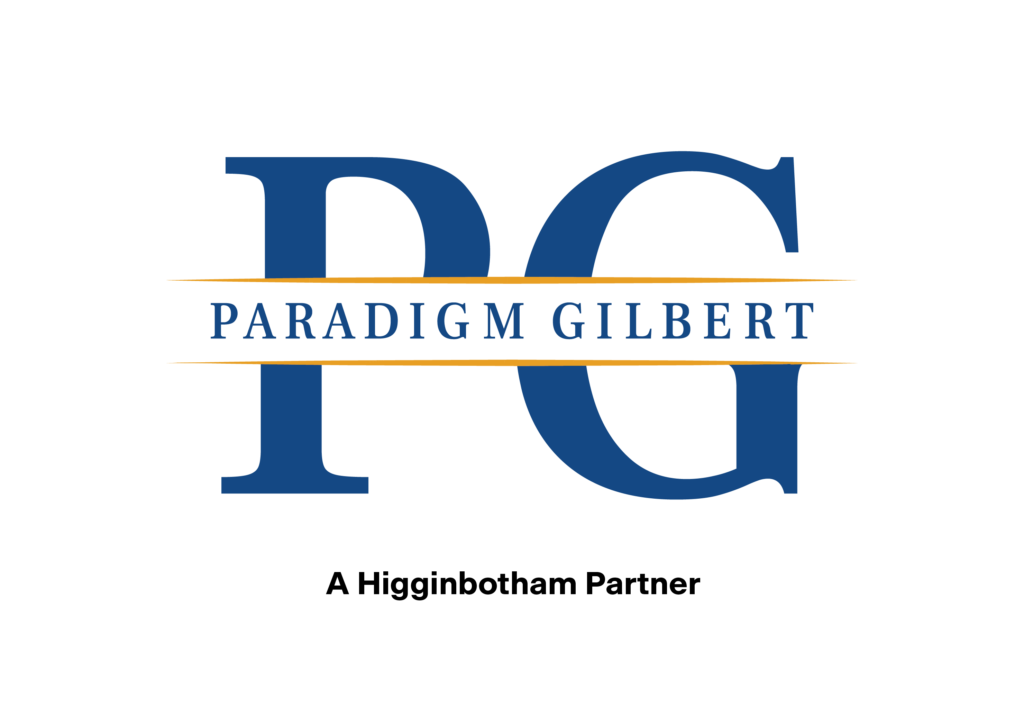Business Insurance / / / / /
Property & Casualty Insurance

Business / / / / /
Captive Property & Casualty Insurance Companies
Your company may also benefit from creating, owning and fully funding a captive property and casualty insurance company that operates under the Internal Revenue Code (IRC) Section 831(b) that addresses a specific type of captive.
There are numerous potential advantages to forming a captive insurance company. Captives are formed primarily for risk management purposes. For example, by forming a captive, a business can dramatically lower insurance costs in comparison to premiums paid to a conventional property and casualty insurer. By establishing one’s own insurance vehicle, costs for overhead, marketing, agent commissions, advertising, etc. may result in significant savings in the form of underwriting profits, which can be retained by the owner of the captive.
Additionally, a captive can provide protection against risks that prove to be too costly in commercial markets or may be generally unavailable. The inability to obtain specialized types of coverage from commercial third-party insurers is another reason why clients may choose to establish a captive. With a captive, business owners can address their self-insured risks by paying tax-deductible premium payments to their captive insurance company. To the extent the captive generates profits, those dollars belong to the owner of the captive.
Risk-management Advantages
In most cases, to the extent existing property and casualty coverage is reasonably priced, business owners will continue to maintain existing policies for their traditional coverage and supplement existing coverage by addressing their self-insured risks with their own captive insurance company. Policy features, coverage and limits can be drafted to meet specific enterprise exposures.
This allows for many risk-management advantages, including:
- Greater control over claims
- Increased coverage
- Increased capacity
- Underwriting flexibility
- Reinsurance market access
- Incentive for loss control
- Reduced insurance costs
- Capture underwriting profit
- Pricing stability
- Improved claims review and processing
Our feasibility analysis team will determine the best balance between coverage retained from commercial insurers and your captive insurance carrier.
Affordability?
We coordinate the services of a captive manager, risk manager and actuary to determine an appropriate amount of premium to be paid for the coverage being provided. Premium payments made by the operating company to the captive insurance company for property and casualty insurance coverage should be tax-deductible as an ordinary and necessary business expense, just as they would be treated had they been made to a traditional insurer.
That figure is based on legislation that was signed into law on Dec. 18, 2015 that increased the premium limitation from $1.2 million to $2.2 million per year for taxable years beginning after Dec. 31, 2016. This limit is indexed for inflation annually.
Further, the captive may retain surplus from underwriting profits within reserve accounts, free from income tax. It can also generate profits by controlling or eliminating costs for overhead, marketing, advertising, agent commissions, profits, etc.; items normally built into the premiums charged by traditional insurers. After adjustment for expenses and claim payments, net underwriting profits are retained within the captive. Over the years, profits and surplus may accumulate to sizable amounts and may be distributed to the owner(s) of the captive as either dividends or long-term capital gains under current tax law.
Amounts set aside as reserves for potential claims payments, plus capital surplus, should be maintained in safe, liquid asset classes so the captive has adequate solvency to pay claims when called upon. The formation of your captive and eventual issuance of a certificate of authority to do business are subject to approval by the insurance regulators in the jurisdiction where the captive is formed. The insurance regulators will also oversee the organization and ongoing operation of the captive to assure ongoing compliance with the rules for that jurisdiction.
The 2015 tax legislation adds diversification requirements to the 831(b) eligibility rules. A company can meet these rules in one of two ways, allowing for continued enjoyment of captive benefits and section 831(b) eligibility. Ownership options for your captive remain very flexible, but require the assistance of competent advisors and an efficient captive structure to assure compliance with the eligibility rules.
A properly designed captive arrangement can provide many advantages for the insured enterprise and the owner(s) of the captive. Our professionals work closely with your legal and tax advisors and risk management department as well as coordinate the activities of best-in-class captive managers to help ensure that your captive arrangement is compliant and meets all requirements for successful implementation.
Captive insurance planning involves sophisticated insurance and risk management issues, regulatory and corporate legal issues, federal, state and, in the case of an offshore captive, usually international tax issues, and a wide range of accounting and financial issues. This planning is circumstance-specific. It is not appropriate to apply the general information described herein to any singular situation. The formation of a captive is a small part of a client’s implementation of alternative risk planning; a captive’s mere formation is dwarfed in complexity by its ongoing operations. As a result, this planning should not be undertaken without a competent team of professionals who have extensive experience in captive insurance and alternative risk planning and are prepared to manage the planning on an ongoing basis.


